Seismic Observatory Gathers Data Across the Globe

Seismic Observatory Gathers Data Across the Globe
Fordham's William Spain Seismic Observatory records seismic data from beneath a small building next to Freeman Hall.
Fordham's William Spain Seismic Observatory records seismic data from beneath a small building next to Freeman Hall.
September 27, 2017
Hang on for a minute...we're trying to find some more stories you might like.
Email This Story
By Aislinn Keely

Fordham’s William Spain Seismic Observatory records seismic data from beneath a small building next to Freeman Hall. (Owen Corrigan/The Fordham Ram)
The William Spain Seismic Observatory is a small, stone, one-room building that makes neighboring Freeman Hall look like a colossus in comparison. Each day, it fades into the background as students rush to and from classes, unaware that, about 30 feet below them, a device lies waiting to record data from disruptions across the world.
Fordham University, though lacking seismologists, is home to the oldest seismic station in New York City. The university has tracked earthquake data since Rev. Edward P. Tivnan installed the first seismometer in 1910 according to The New York Times.
The building that houses the device is named for William Spain, a student who passed away in 1922, three years before he was set to graduate. His parents, Mr. and Mrs. William Spain, donated seismic equipment in his honor in 1927, according to an archived copy of Boston College’s The Heights.
The observatory itself is nondescript, save for a medal on the front door — a depiction of Saint Emidio, the patron saint of earthquakes — a Jesuit touch on the home of Fordham’s seismometer. A walk inside reveals an empty, church-like space with only a steep staircase stretching far underground in the center of the room. A corkboard with read-outs of past earthquakes sits on the left-hand wall, and a document with Pope Pius XI’s papal seal hangs on the right.
Down the staircase and through the door at the bottom reveals a musty, concrete room. A large device sprawls throughout the space, once Fordham’s primary seismometer. However, it has not been used for years. The current device, funded by John and Jeanette Walton, is a metal cylinder, barely longer than a foot, encased in glass.
Physics professor Stephen Holler, Ph.D., oversees the observatory and data collection. He said he rarely goes down into the bowels of the observatory, but tracks the data on a computer from an office in Freeman Hall. Cables relay the data from the seismometer to the computer in Freeman through a tunnel that connects the two buildings.
With this month’s earthquakes in Mexico, Holler said he has been checking the data more frequently. “Lately I’ve been checking every day, a couple times a day,” he said.
Data picked up by seismometers extend further than natural earthquakes according to Holler. Nuclear detonations can register as seismic activity as well, although Holler said that this is a less common use in the modern age. However, he did look at the data after North Korea’s test detonations.
“I looked when North Korea did their nuclear detonation. I didn’t see that we picked up anything, but certainly other seismometers that are part of the USGS [United States Geological Survey] did,” he said.
Holler explained that seismic readouts after nuclear detonations can give more insight. “If you have a few of these things you can extrapolate the data, track it back to a location and pinpoint where things happened,” he said.
Seismic data can provide evidence for whether earthquakes are occurring naturally in certain areas or if they may be caused by human activity. “We are seeing more and more earthquakes due to fracking,” said Holler. Fracking is an oil extraction process that requires drilling into earth’s crust to pump high-pressured liquid into rocks to force oil from holes and crevices.
Seismologists can link certain earthquakes to fracking based upon the amount of earthquakes occurring in places with heavy fracking, as well as data that shows the depths of the earthquake to be consistent with where the drilling occurs.
Data from the William Spain Seismic Observatory is sent to the Lamont-Doherty Earth Observatory, a research unit of Columbia University’s Earth Institute in Palisades, New York. “They probably use the data certainly more than we do,” said Holler.
However, Holler hopes to make the data from the observatory more accessible to students. He said that his department has been talking about incorporating the data into coursework. “We want to make it more accessible to students, so they can see it and apply some of the physics that they’re learning to analyze the data,” he said.
Holler is the only person who officially oversees the observatory, although Benjamin Crooker, Ph.D, associate vice president for academic affairs, oversaw the data until moving into his administrative position. Fordham.edu still credits him as managing the seismic observatory.
The computer that reports the seismic data is old and occasionally problematic, according to Holler. “The biggest issue for us maintenance-wise is making sure the computer is still acquiring data,” said Holler. He said there are plans to update the computer. Charles Carver, FCRH ’18, works on the computer as the physics department’s head of IT. “Recently I’ve been working on making the seismic station’s website more easily accessible/reliable and modifying the station’s software to output raw seismic data for the analysis,” he said.
The station has been moved multiple times before arriving at its home in the shadow of Freeman, where it continues to record seismic data today.



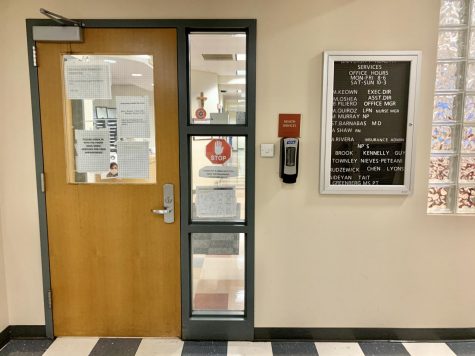
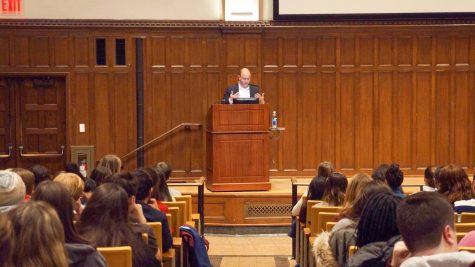


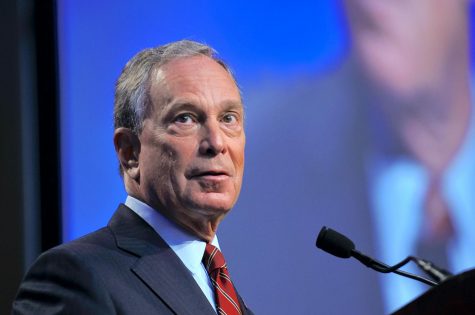
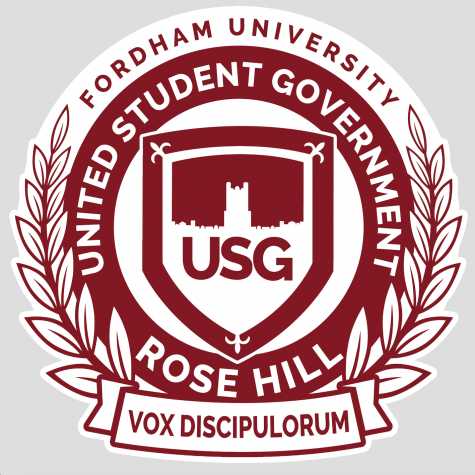
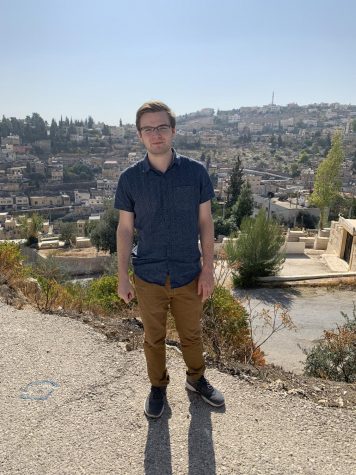
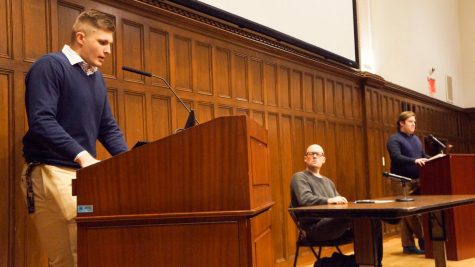
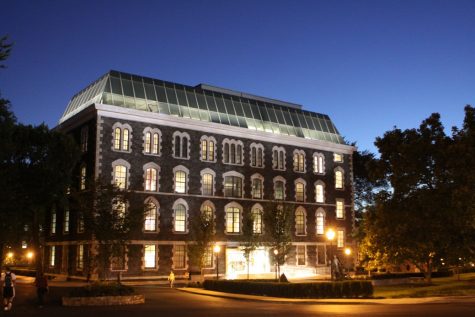
If you want a picture to show with your comment, go get a gravatar.